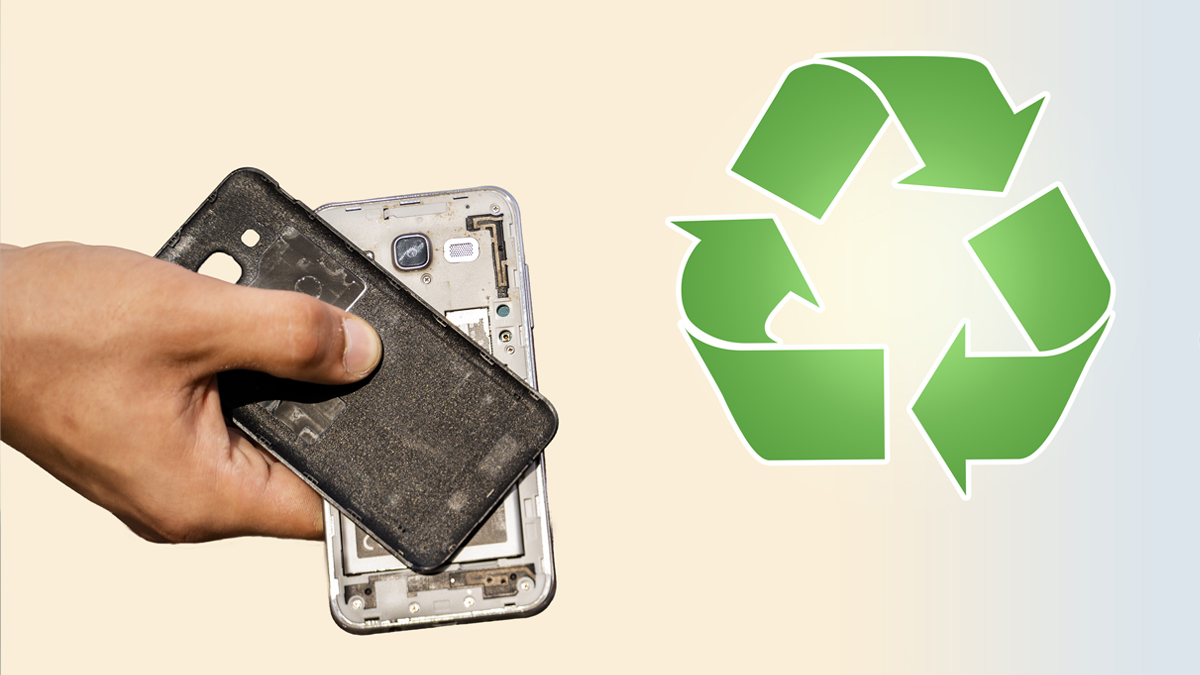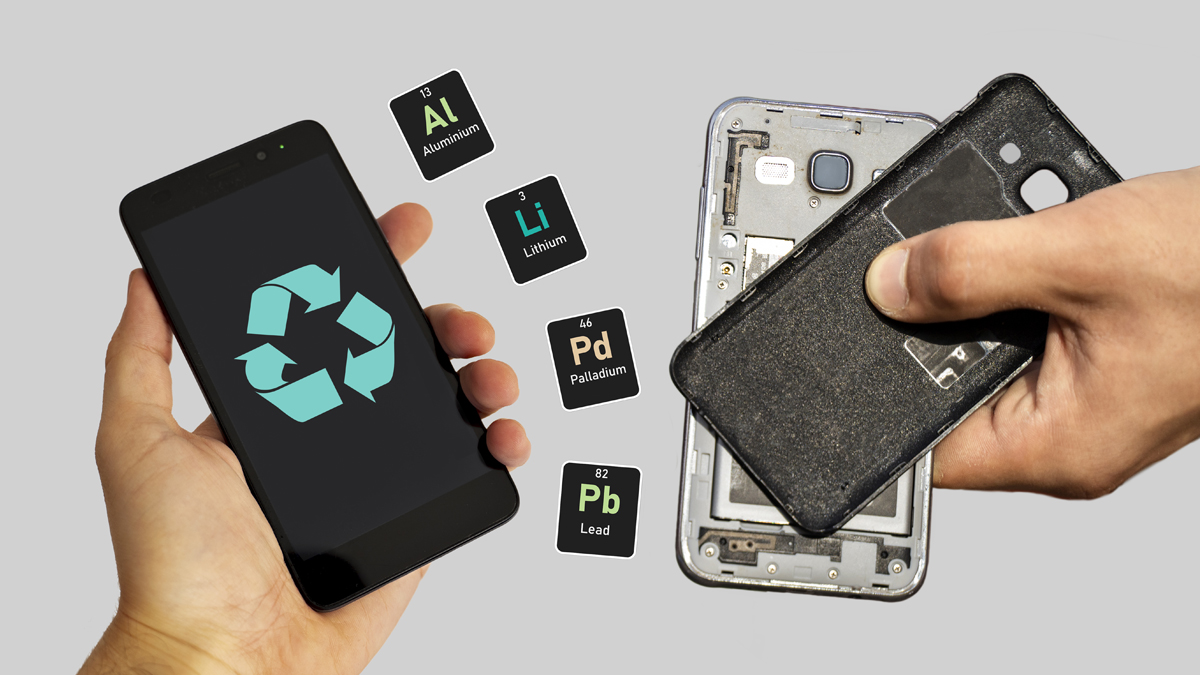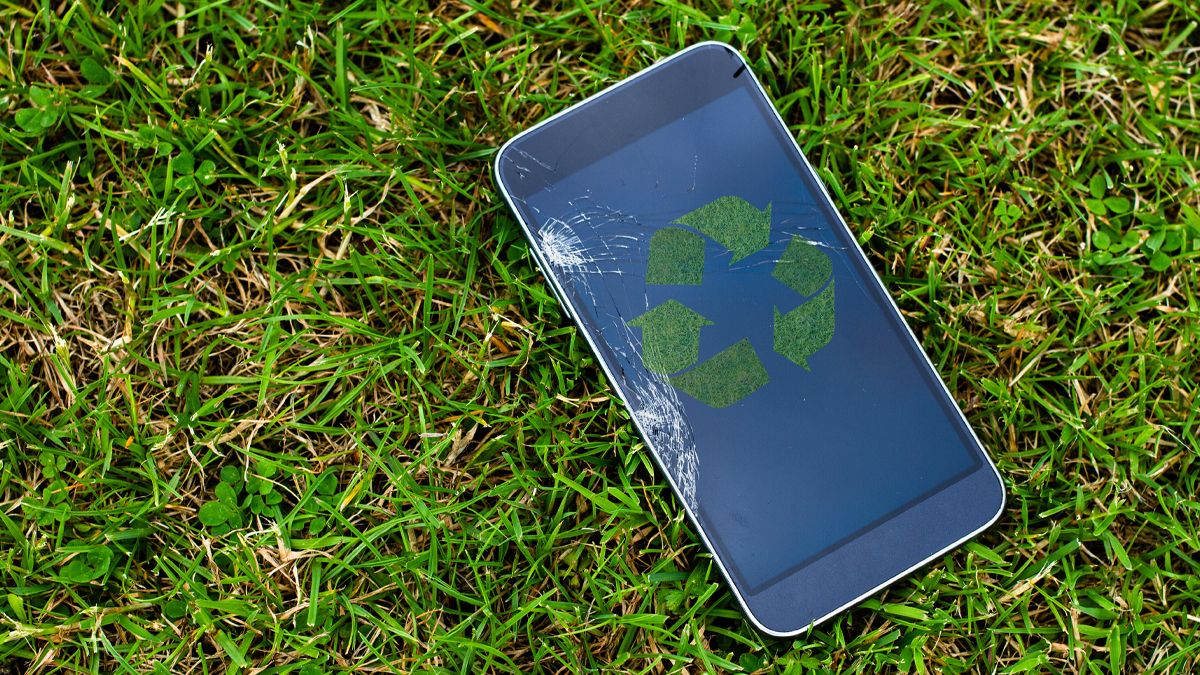Recycling E-Waste for Technology Critical Elements
Around the world governmental bodies, research organizations and recycling business are collaborating ever closer to work out more efficient ways to conduct and regulate e-waste recycling. Central to these efforts are employing the best methods of extracting TCE (technology critical elements) from everyday electronic devices including smartphones, batteries and Printed Circuit Boards (PCBs).
Both the United States and China, have significant e-waste recycling volumes. The U.S. leads with more than four million metric tons of electronic waste recycling, while China follows with a substantial effort of around two million metric tons. These efforts reflect a growing global trend towards establishing more sustainable practices in waste management and resource conservation.

Several countries are notable for their ground-breaking approaches to managing this growing environmental concern. For example, in Colombia, a national network of collection points has been established to make e-waste recycling more accessible to the public. Taiwan is notable for its manufacturers’ commitment to designing electronics that are easier to recycle, as well as taking responsibility for collection and disposal. Meanwhile, the European Union (EU) is implementing a range of policies to address its rapidly growing stream of electronic waste. The Waste from Electrical and Electronic Equipment (WEEE) Directive is a cornerstone of the EU’s strategy, setting targets for collection, recovery, and recycling. This directive is part of the EU’s broader commitment to a circular economy, promote resource efficiency, and enhance the retrieval of secondary raw materials through reuse and recycling. Additionally, the EU has adopted policy recommendations for member states to improve the collection of recycled materials, although targets vary by country. The European Green Deal Initiative and the Serial Waste Initiative focus on determining elements, especially critical elements in recycling waste technology.
For most countries, challenges remain, such as meeting recycling targets and combating illegal waste exports. All vital for global sustainability goals. Reclaiming the TCEs (technology critical elements) from our waste is therefore of great interest to governments and businesses.
Defining a TCE is based on the elements’ supply risk, functionality and economic importance. Definitions are also subject to ongoing changes as the science and economics develop. Regulatory drivers are of course very influential such as target issued by the EC (European Commission) in 2017. Progress towards these targets has been limited due to the low availability of materials and validated methods used to accurately quantify elements in electronic waste products. And this is where analytical chemistry adds value to the recycling process.

Analytical chemistry can determine source characterization – to really understand which elements are in electronic scrap and assessing the environmental exposure. So it is not only important to understand what we find in e-waste, but also where these elements might end up in the environment.
Different organizations are collaborating to determine what methods are needed to support and improve the recycling industry. For example, MUL has a collaboration with the University of Vienna, and the German Mineral Agency. They wanted to understand more about the different smartphone components and the quantities of elements they contain to inform metal-demand and onward recycling possibilities.
They found that there is high variability between different models of smartphone. Some samples were found to have elements in the part-per-trillion range and others in the part-per-million range or even in the percent range. At the same time this also means that you have spectral interferences with ICP-MS and XRF.
Knowing the most suitable analytical methodologies can be challenging. Sample preparation is a key step in the analytical procedure and it comes with the largest uncertainty – partly due to the difficultly in breaking-down the device components and separating them from each other. So recyclers typically disassemble, then mill, and then use microwave assisted acid digestion – to meet these separation challenges.
Recyclers benefit from extracting as many elements from one single digestion run as possible. ICP-OES (inductively coupled optical emission spectroscopy) or ICP-MS (inductively coupled mass spectrometry, are effective analytical methods for accurate measurement and high quality data processing is important to ensure they have all the information needed.
For example, in studies by Montanuniversität Leoben (MUL), researchers were able to quantify 50 elements during analysis of printed circuit boards from smartphones. Lead researcher Johanna Irregher noted, “We had large variations for every single element and also big differences between phone models.”
Such analytical work is important for determining the material value of materials recovered from e-waste. Most of this value is accounted for in the gold, silver, palladium and copper recovered. But considering all the old smartphones that are still lying around in our drawers at home – there is still much untapped potential which recyclers are yet to fully tap.
Download Article on Metrocycle EU Project Find out more about analytical solutions for Electronics Recycling
References:
- Metrology for the recycling of Technology Critical Elements to support Europe’s circular economy. S.T. Lancaster, A. Walch, M. Eberhard, A. Rachetti, T. Prohaska & J. 2022 https://www.metrocycle.eu/imperia/md/assets/main/institutes/coastal_environmental_chemistry/inorganic_environmental_chemistry/other/2022-recydeptech_lancaster_poster.pdf
